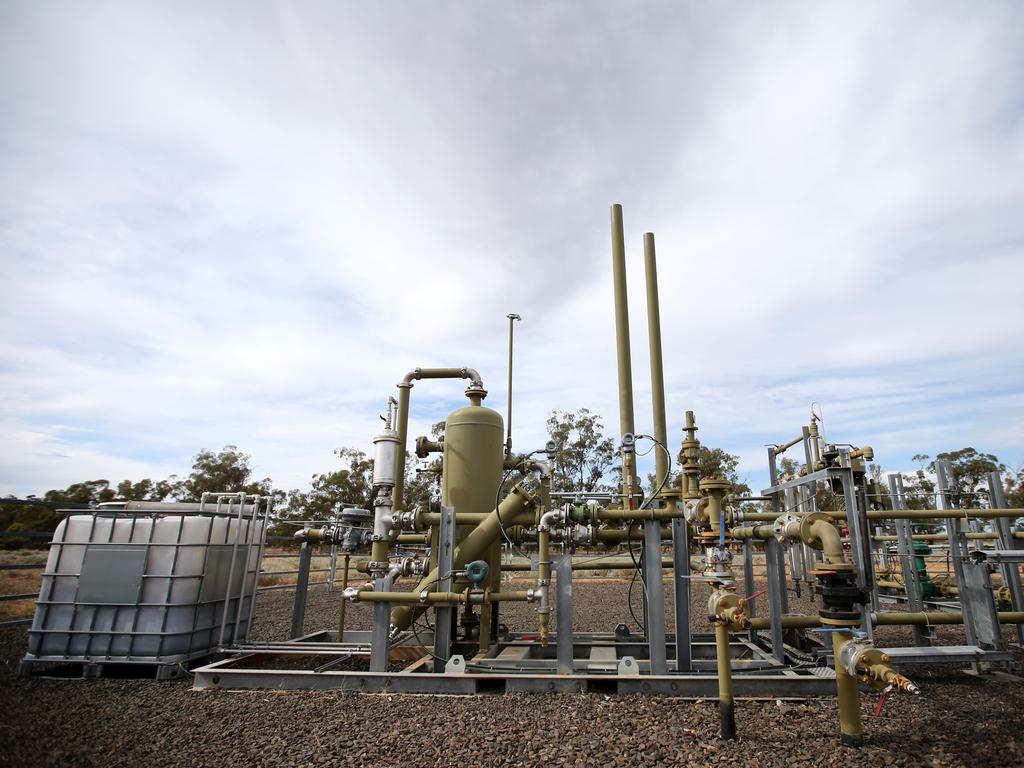EnergyAustralia mulls Portland smelter rescue to ease Yallorn pressure
EnergyAustralia will consider joining a rescue plan to safeguard Victoria’s struggling Portland aluminium smelter.

EnergyAustralia will consider joining a rescue plan to safeguard Victoria’s struggling Portland aluminium smelter, easing pressure on its own Yallourn coal station, after a move by the Andrews government to finalise emissions targets that threaten the viability of big power generators.
The energy giant — one of the country’s ‘‘big three’’ electricity retailers — faces an uncertain outlook for Yallourn, with the state’s high renewable targets and looming changes to emission targets adding to pressures that could force the plant to close before its 2032 retirement date.
The coal station’s future also hinges on the fate of the Portland smelter, which could be closed by owner Alcoa next year. That would remove the state’s single biggest power user and pile pressure on the coal plant which supplies 22 per cent of Victoria’s electricity but is the next coal facility due to exit the state’s power grid.
EnergyAustralia would consider teaming up with Portland’s current electricity supplier, AGL Energy, to share the burden of a new discounted power contract needed to keep the smelter owned by Alcoa operating.
“If there was a consortium that was stood up with representation across the sector to safeguard the future of the smelter, I think that’s something we’d be interested in being involved in,” EnergyAustralia energy executive Liz Westcott said.
The willingness of two of the country’s most influential power players to consider teaming up suggests fresh hope to keep the smelter running amid a government push for manufacturing to reboot Australia’s COVID-19 economic recovery with unemployment at a 22-year high.
AGL opened talks with the Australian Competition & Consumer Commission in late May, seeking guidance on a consortium of power generators collectively offering an agreed price for power to Portland in order to keep the smelter operating.
“The smelters are a very big demand source in the system and they do play a big role in helping smooth out the middle of the day. With so much reliance still on coal — that needs to run 24/7 — having big demand in the middle of the day is very helpful for the system,” Ms Westcott said.
“We look at the exit of coal-fired power stations but also the presence of the smelters. Some of these big demand and supply features in our market make a big difference in terms of that outlook.”

AGL said on Sunday it wanted to find a workable solution with market players to support the viability of the smelters.
Victoria has a 50 per cent renewable target by 2030 and also aims to have net zero emissions by 2050. A decision is due soon on an emissions target which could seek a reduction in pollution of 45-60 per cent by 2030.
Modelling by the Australian Energy Market Operator says if Victoria does meet that renewable goal at least one unit of the Yallourn station faces challenging economics due to additional solar and wind generation.
Ms Westcott said the power operator could be forced to bring forward its 2032 closure date depending on external factors and revealed it is considering installing gas-fired generation at the Yallourn site as one scenario to ease the transition away from coal power.
The Yallourn plant has “got a lot of time to play but we need to build out that replacement before we can let it go.
“So there’s a lot of thinking and we are looking at gas-fired power generation at Yallourn itself as a possibility for a replacement for Yallourn,” Ms Westcott said.
Despite the ructions, EnergyAustralia continues to invest in Yallourn, with a major three-month maintenance program part-way through on one of its four units to ensure it can run at full capacity this summer.
Nearly 1000 people are on site at the Latrobe Valley generator, a major logistical undertaking given the resurgence in COVID-19 in Victoria, with temperature checks and workers segregated to minimise contact.
Work is also under way to boost the number of coal mines that can supply its Mount Piper coal power station in NSW which is scheduled to operate until 2043 and can provide 15 per cent of the state’s electricity demand.
EnergyAustralia had been plagued by coal supply problems at its coal plant that cut output levels, with the original six coal mines supplying the plant now reduced to one in the Springvale Colliery.
The power player is now considering boosting rail infrastructure with the NSW government at Pipers Flat to tap a broader number of nearby mines in the region.
The nation’s energy tsar Kerry Schott warned last week that Australia’s coal plants are increasingly becoming uneconomic and operating at razor-thin margins amid big falls in wholesale power prices as more renewables enter the electricity grid.
EnergyAustralia acknowledged it was working on lowering output at its two 700 megawatt units at Mount Piper to as little as 180MW each in response to solar hollowing out prices during daytime hours. It’s also looking at how the same practice works at the older Yallourn plant.
“We don’t want to be stopping and starting during the day. So our work at Yallourn is to see how low can we run — so that’s not turning off — but going for the low burn if you like.”





To join the conversation, please log in. Don't have an account? Register
Join the conversation, you are commenting as Logout